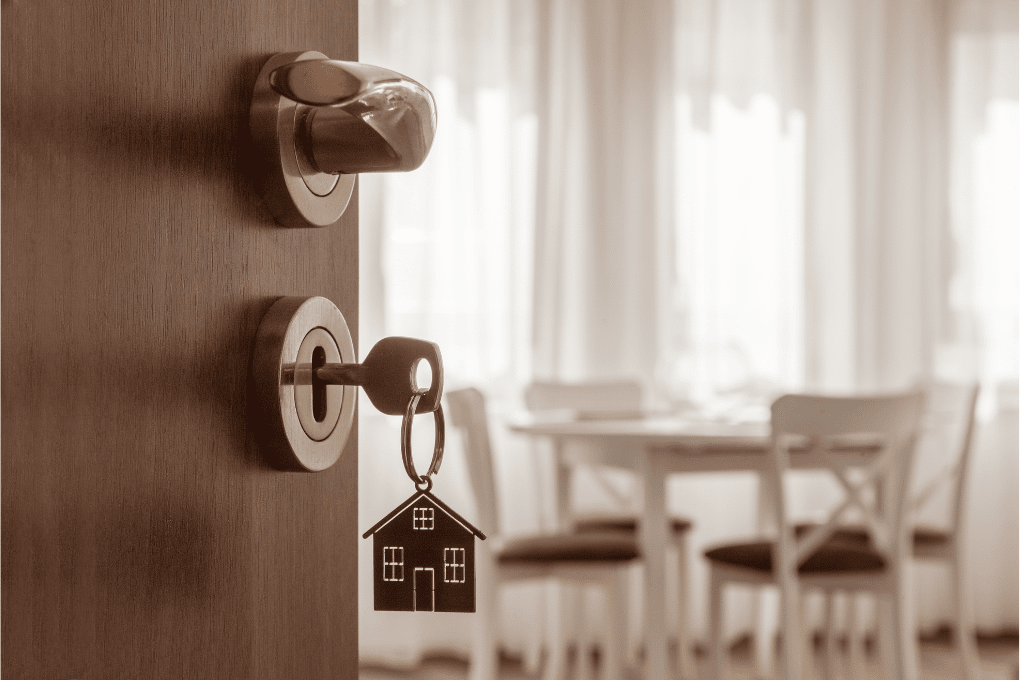
by Marc Enners | Nov 18, 2020 | Blog
New research shows that in many suburbs across Australia, it may actually cost you less money to buy your home and pay a mortgage, rather than renting. The research, released by Aussie Home Loans in conjunction with CoreLogic, reveals that many Aussies would actually...


